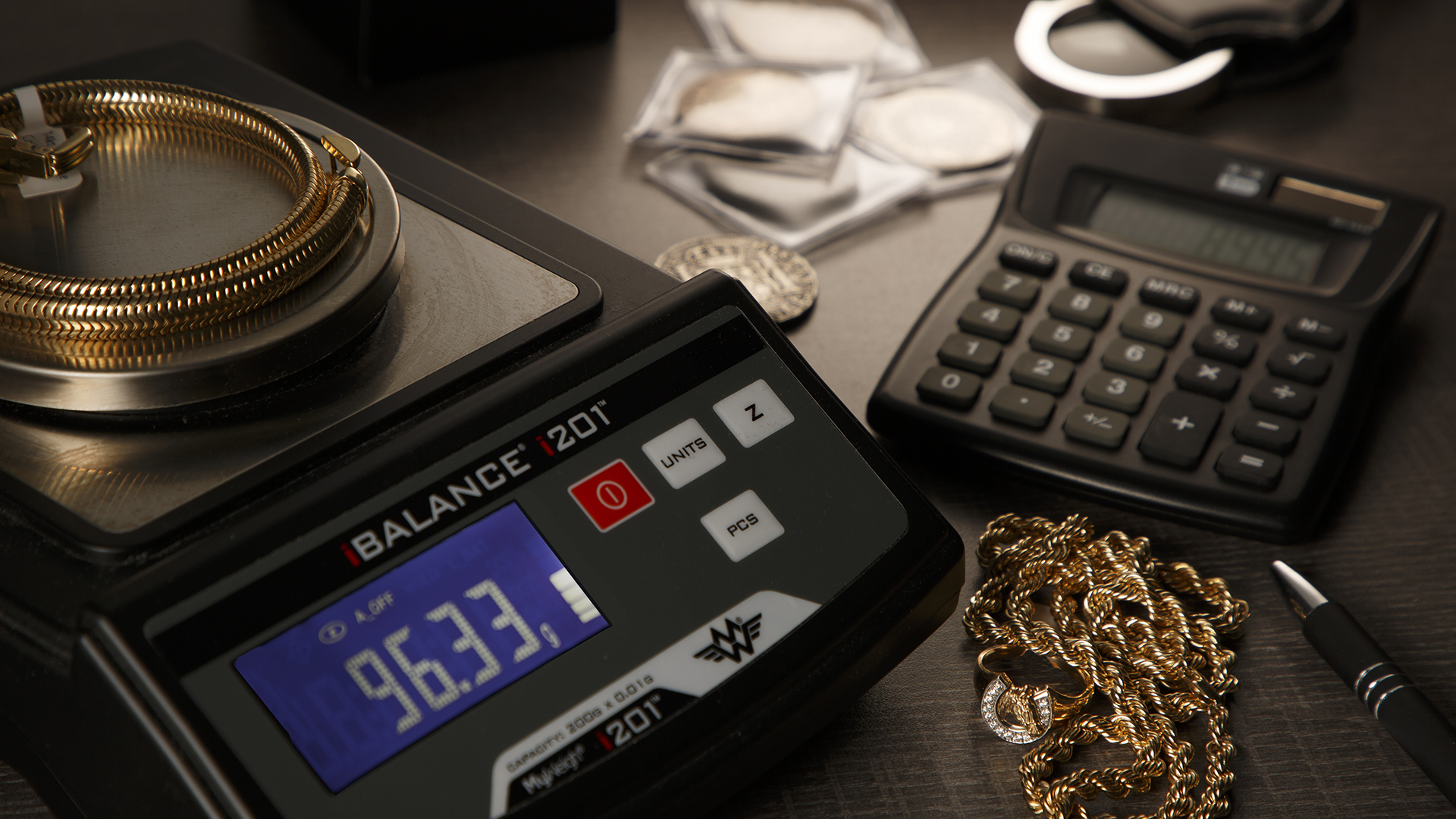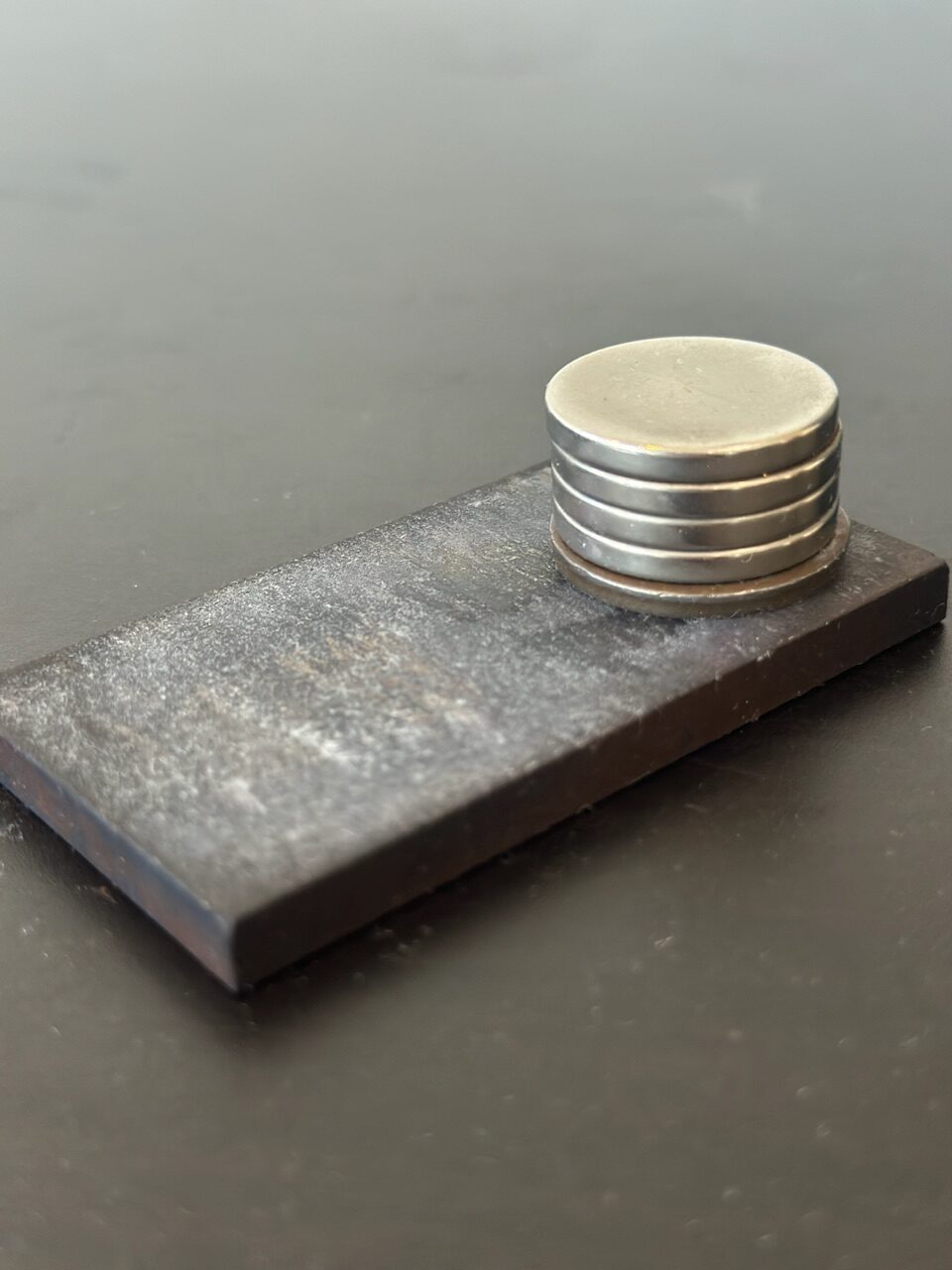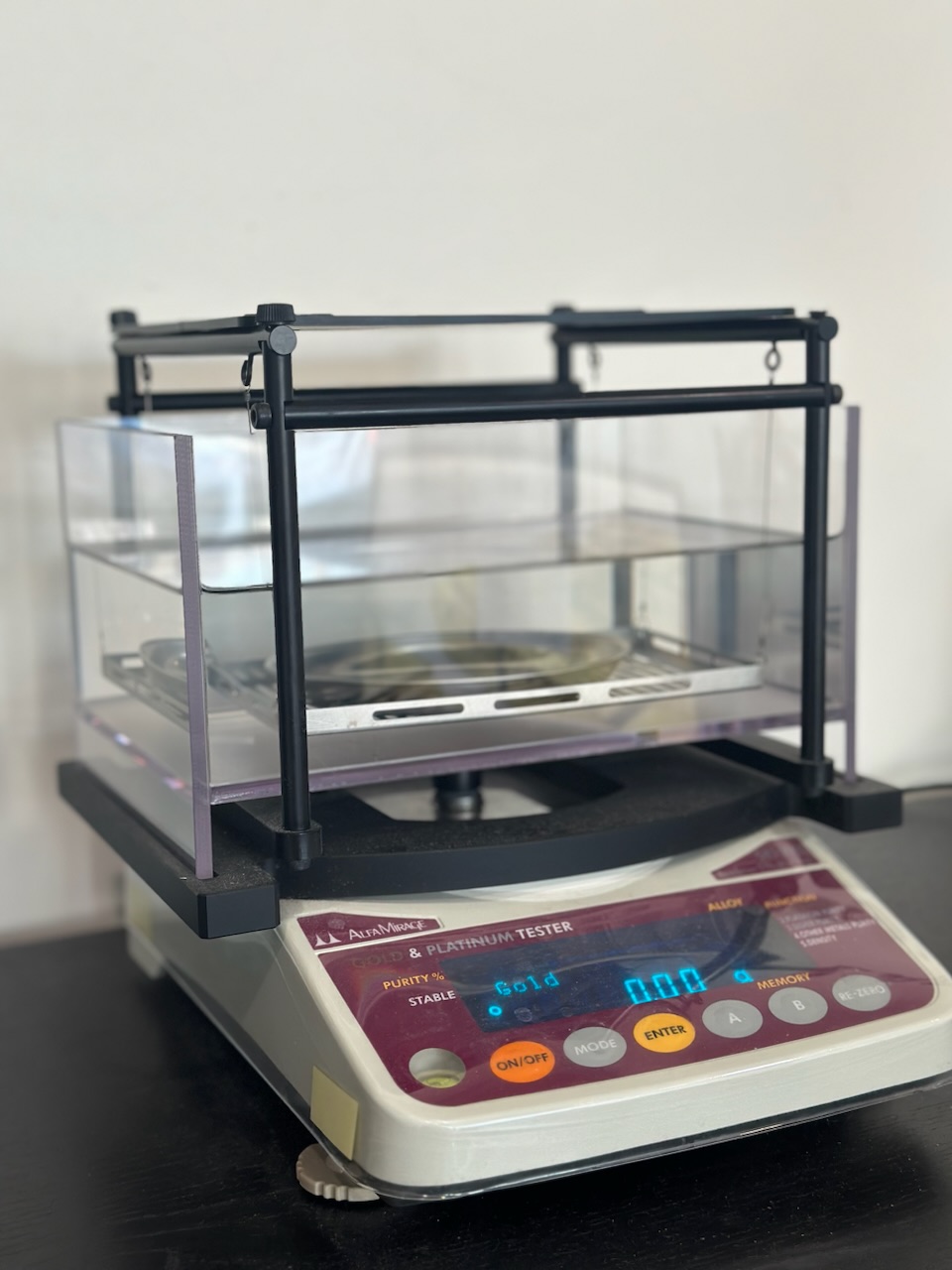在哈利法克斯出售您的黃金
我們的評估程序

諮詢
當您到達 Halifax Gold 時,無需預約。只要您方便,隨時都可以過來。我們的團隊會帶您完成整個過程,回答您的問題,並確保您從一開始就感到舒適。如果您到達時需要稍候,我們會通知您,並確保您得到及時的照顧。
評估
步驟 1:金屬識別
我們首先使用強力磁鐵進行快速測試。金銀等貴金屬是沒有磁性的,因此這個步驟可以幫助我們分辨出任何由非貴重材料製成的物品。這是一種快速可靠的方法,可以縮小需要進一步測試的範圍。
步驟 2:依純度分類
去除非貴重金屬後,我們會檢查每件物品是否有純度標記。這些標記通常顯示為克拉等級,如 10K、14K 或 18K,或是三位數的純度數字,如 585 或 750。
克拉(Karat)會告訴我們這件商品在 24 個部分中含有多少純金。例如,14K 表示該物品含有 14 部分黃金和 10 部分其他金屬。同一件貨品也可能標有 585,表示含金量為 58.5%。標記為 750 則表示含金量為 75%,相當於 18K。
如果我們無法立即看到印記,我們會使用珠寶放大鏡更仔細地檢視細小的區域,例如扣環、戒指內部或耳環柱。鑑定完成後,我們會在您觀察的同時,依克拉或純度等級將您的物品分類。任何沒有明確標記的物品都會被放在一旁作進一步檢測。
卡拉特驗證
當您的物品按印章分類後,我們會進行一系列的測試,以確認其含金量。這些測試都是非侵入性的,可以幫助我們確認每件物品的確切純度。根據物品的不同,我們可能會使用酸性刮痕測試、密度測試或 X 光分析。
所有的測試都會在您面前完成,我們的工作人員會帶領您完成每個步驟。如果您在測試過程中有任何疑問,我們很樂意為您解釋測試的原理以及我們要尋找的項目。

酸性刮傷測試
這項測試需要將物品在光滑的深色測試石上(類似板岩)輕輕摩擦。黃金會留下淡淡的條紋,然後我們會使用不同的酸溶液進行測試,看看它的反應如何。酸液絕不會接觸到您的珠寶首飾,只會在測試石上留下痕跡。
每種溶液的設計都是為了與特定的克拉級別發生反應。酸混合物通常包括硝酸和鹽酸,可幫助我們判斷物品是否符合特定標準。
對於沒有可見印記的作品,我們首先使用 10K 酸。我們會將結果與相同純度的已知黃金樣品進行比較。如果印記保持明亮堅實,則表示該物品通過了該級別。如果印記褪色或消失,則表示含金量太低,我們無法繼續購買。
如果物品通過 10K 的測試,我們會使用更強的酸來重複這個過程。舉例來說,如果它能保持在 14K 的純度,我們會繼續進行 18K 的測試,以盡可能精確地確定純度。

比重測試
為了協助驗證純度,我們可能會進行比重測試。這項技術可讓我們測量物品的密度,而不會對物品造成任何損害。
比重是指物體與水相比的密度。由於每種金屬都有其獨特的密度,因此我們可以使用此測量方法來估計物品的含金量。這是確認克拉等級的可靠方法,尤其是在印章遺失或不清楚的情況下。
此測試最適用於較重、堅固的物品,如金幣、金條或粗鏈。有中空區域的物品或寶石有時會在浸入水中時吸附空氣,這可能會影響讀數。
首先,我們在一般的秤上稱量物品的重量。然後將其完全浸入水中再秤一次。這兩個重量的差異會得出它的比重,然後與已知的黃金價值進行比較。如果結果一致,我們就可以確認該物品很可能是純金。

X 射線螢光測試 (XRF)
如果我們的目視檢查和初步測試無法提供明確的結果,我們可能會使用 X 射線螢光法檢查物品的金屬含量。
這種先進的測試方法使用專門的機器掃描物品的表面並測量存在的元素。我們僅在需要時才使用 XRF,通常是在完成其他方法(例如酸性或密度測試)之後。
XRF 對於傳統方法難以測試的小型物品特別有用。這些物品可能包括細鏈、耳環或牙科用金。
掃描會提供詳細的細目,顯示物品中黃金的百分比,以及任何其他金屬,例如銅、銀或鋅。
如果需要任何進一步的測試,我們會事先說明流程,並回答您的任何問題。
步驟 3:稱重
經過測試和分類後,我們會將您的物品放在經校正的精密秤上。歡迎您參觀這個步驟,如果您想查看個別物品的重量,我們很樂意為您分開稱重。
步驟 4:報價
我們使用三個關鍵因素計算您的出價:金屬純度、總重量以及黃金、白銀或其他金屬的當前市場價格。您將獲得明確、誠實的報價,且無出售壓力。
您可以選擇出售所有物品、只出售少數物品,或是什麼都不出售。如果需要進行更深入的測試,例如切開一件物品來檢查電鍍是否過厚。我們都會先徵求您的同意,才會繼續進行。
選擇
測試或接收出價不需任何費用。如果您選擇出售,我們會立即處理您的付款,不會收取任何服務費或隱藏扣款。我們提供現金付款,如果金額較大,我們會即時發出支票。
謝謝
感謝您考慮加入 Halifax Gold。我們很榮幸為您提供透明的流程、公平的價格以及值得信賴的服務。我們的許多客戶都會回訪或向他人推薦我們,而我們也會努力贏得每一位客戶的信任。
我們邀請您比較報價並提出問題。我們的經驗、誠實和具競爭力的報價使我們成為加拿大黃金買家的領先選擇。
有東西要賣嗎? 請撥打免費電話 (888) 219-7001 或親臨我們在加拿大的 16 個據點。
